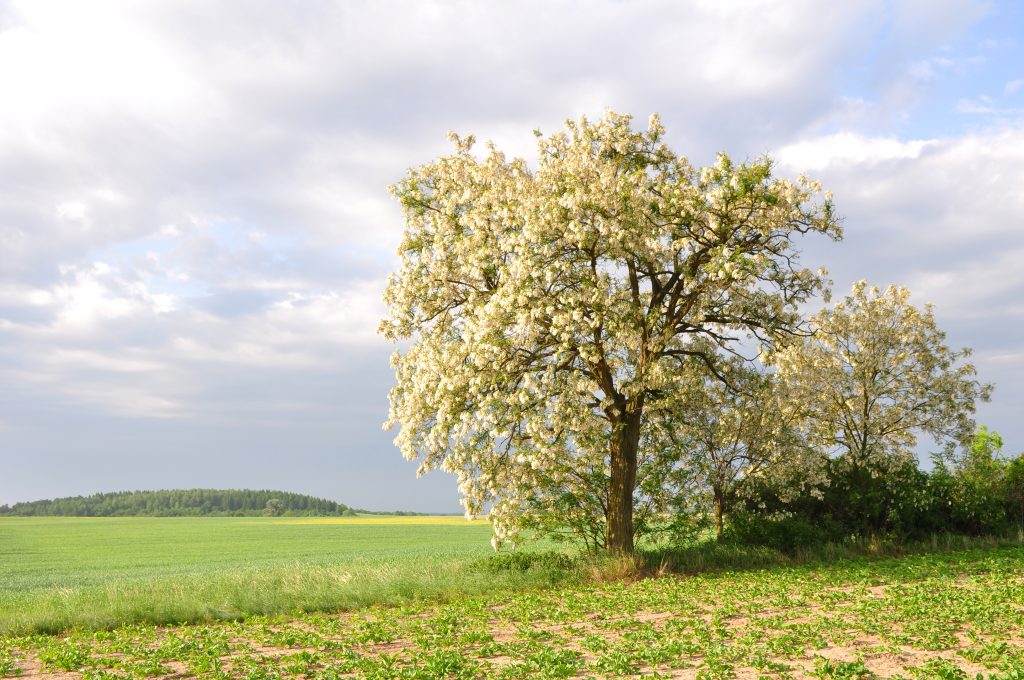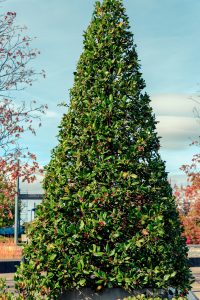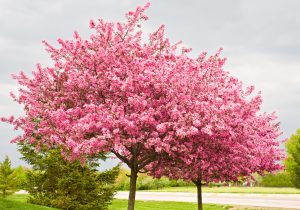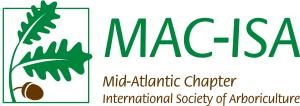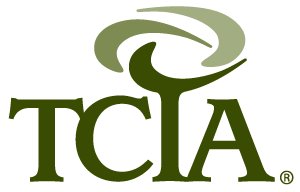Managing Black Locust in Maryland’s Residential and Natural Spaces
The Black Locust (Robinia pseudoacacia) is a fast-growing deciduous tree found throughout Maryland. Known for its fragrant white flowers and nitrogen-fixing capabilities, this species can be beneficial in controlled areas but also presents challenges due to its invasive tendencies and brittle wood.
Growth Rate and Environmental Preferences
Black Locust thrives in poor soils, disturbed areas, and full sun. It grows rapidly, often reaching 50 to 70 feet tall, and spreads aggressively through root suckers. While this makes it effective for erosion control, it also leads to problems in residential settings.
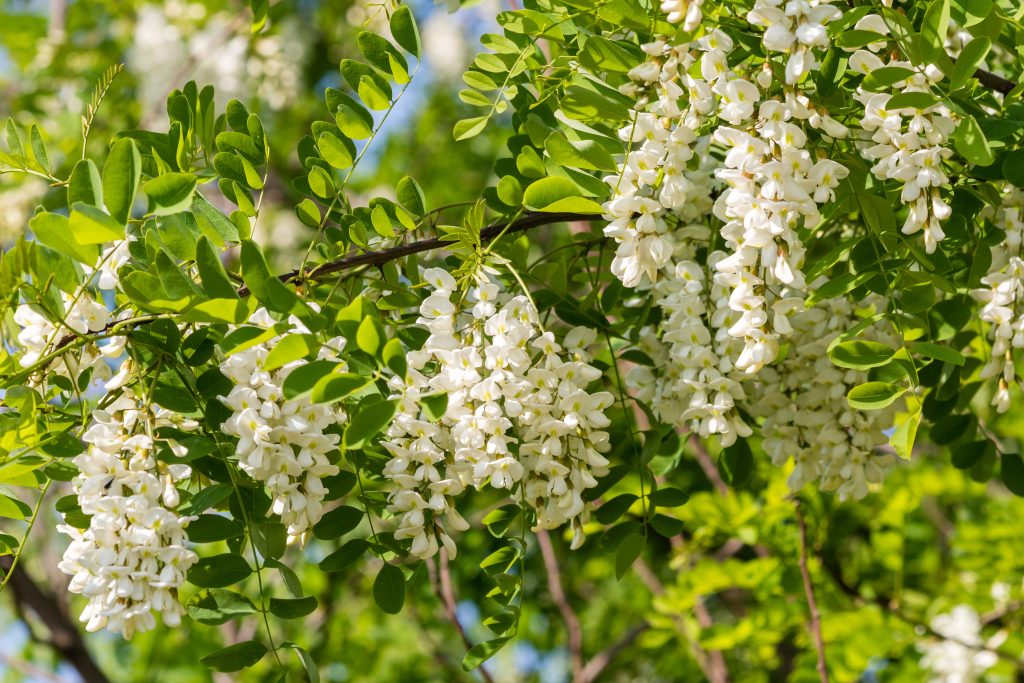
Seasonal and Ecological Benefits
Its pea-like flowers bloom in late spring and are a significant nectar source for bees. The tree enriches soil by fixing nitrogen and supports early-successional wildlife habitats.
Structural and Invasive Concerns
Black Locust is prone to brittle branches and decay, particularly in older specimens. It’s also considered invasive in some regions due to its aggressive root system. Professional management is needed to monitor decay, manage spreading roots, and mitigate its structural hazards.
Making Room for Black Locust
While valuable in select settings, Black Locust should be managed carefully in urban and suburban environments. Professional pruning and sucker control are essential for safe and sustainable growth.
To learn more about managing Black Locust in Maryland, contact Prestige Tree Experts or call 240.281.3334.



